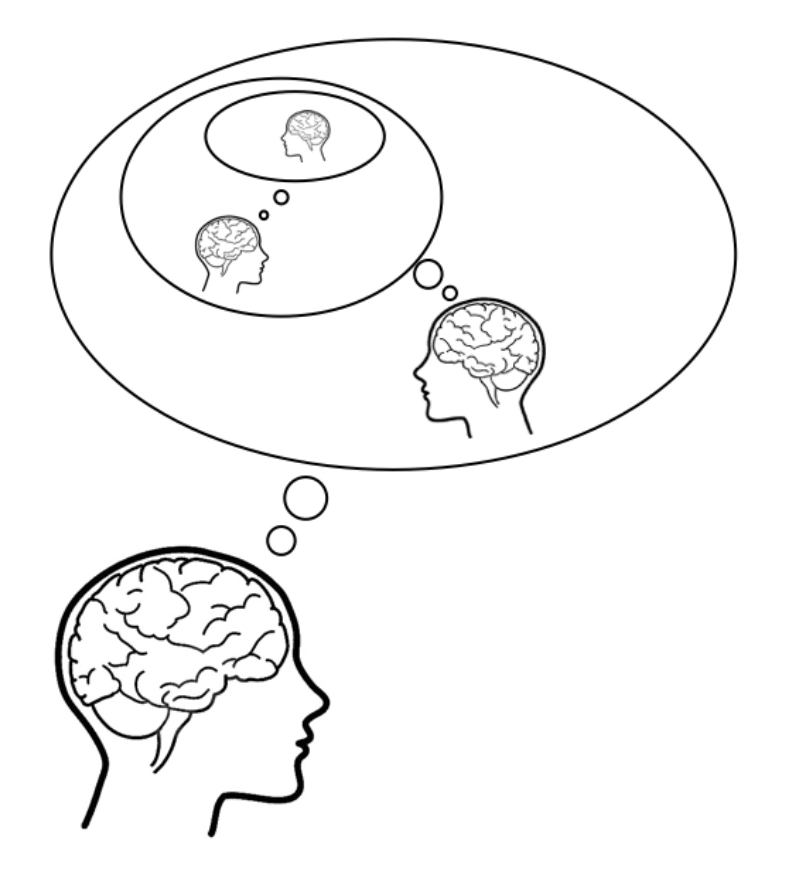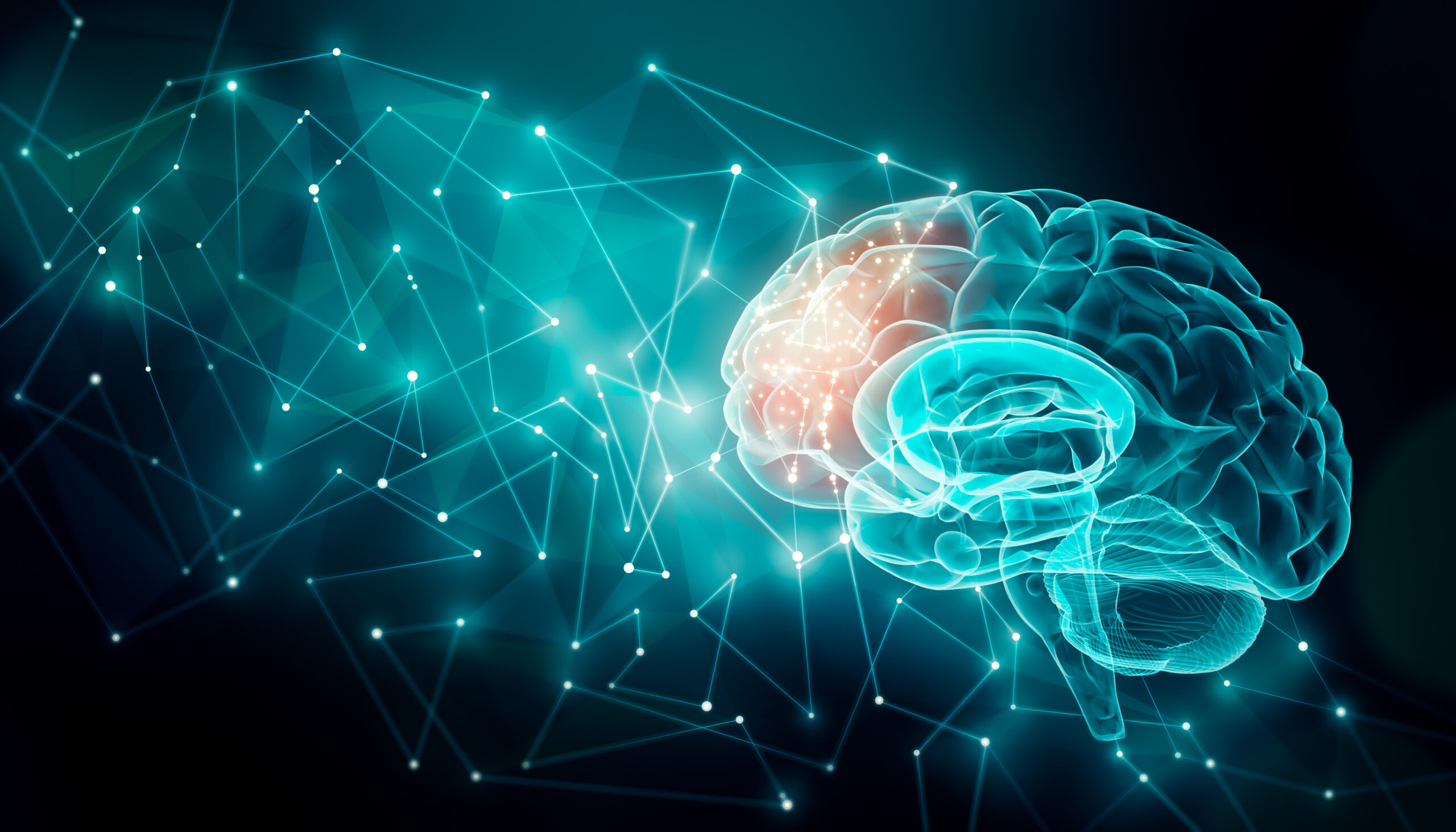Does Cognitive Neuroscience Support Free Will?
Do we have free will? Scripture seems to indicate that human beings possess the ability to make free moral choices (Mark 8:34, Proverbs 16:9, Joshua 24:15, Galatians 5:13). However, skeptics claim that scientific evidence does not support the existence of free will. If free will does not exist, can humans be held morally responsible for their actions by God or by society?

Figure: Decision Making in a Social Context. Credit: Wikimedia Commons
What Is Free Will?
Before discussing free will, we need to define it in cognitive pyschology terms in order to examine the evidence associated with it in this field. My specialty is in brain, behavior, and the cognitive sciences and for the purposes of this article, I define free will as the ability to make reflective decisions, ignore distractors, and keep behavior goal-directed. In other words, free will consists of a set of executive functions (EFs). EFs are a group of cognitive processes (mental abilities) that support reflective and goal-directed behavior.1 Examples of EFs include suppressing temptations and impulses (inhibitory control), the ability to shift attention and activities (shifting attention), planning, and prioritizing.
Researchers in cognitive psychology have proposed a model for understanding behavior called the reflective impulsive model (RIM).2 This model explains that two systems are responsible for producing our behavior: the reflective and the impulsive. The reflective system involves control, whereas the impulsive system is about impulses, past associations, and our motivations. EFs such as working memory, inhibitory control, shifting, and selective attention are linked to the reflective system in RIM. Working memory is our ability to keep relevant information active while performing a task.3 For example, working memory is required to remember and respond to the information being exchanged with a conversation partner, when we are keeping in mind the steps of a recipe while cooking, or when scanning our memories to withdraw information to make future plans and set goals. Inhibitory control is our ability to resist distractions, impulses, and temptations.4 Examples include ignoring a conversation in the room while trying to study for a test, withstanding the urge to revert back to bad habits, or resisting a slice of cake when dieting. Shifting is our ability to switch focus to a different aspect of a task.5 For example, humans have the ability to shift attention away from a negative thought to other more constructive thoughts. Selective attention is our ability to selectively pay attention to relevant information.
Our behavior is the product of a battle between our slower and more controlled processes and our past automated learned behaviors. Although there are individual differences in EFs (genetically or environmentally driven), each person has these abilities. Individuals with neurodevelopmental disabilities such as attention deficit hyperactivity disorder (ADHD) or autism may experience difficulties with EFs (e.g., to inhibit impulses or learn from mistakes). However, research shows that EFs exist in human beings. Executive functions can also be strengthened by training.6 In other words, even in individuals who may have difficulties with EFs, it is possible to improve these abilities.
Is There Evidence Supporting Free Will in Cognitive Neuroscience?
The EFs that support reflective and goal-directed behavior such as working memory, inhibitory control, and attention have neural representations within the brain. Studies continue to investigate the mental abilities that make up a given EF and their neural anatomy. For example, it is generally accepted that working memory processing takes place in the frontal cortex, but whether it is modality-specific (different neural systems for auditory working memory versus visual working memory) or domain-general (a central neural anatomy for working memory) continues to be explored.
Another example of cognitive abilities that make up a given EF includes our ability to monitor, detect, and change behavior following a mistake, which is referred to as error processing. Ongoing research explores the cognitive basis of error processing and its neural signature, but it is generally accepted that error processing is a part of inhibitory control and the neural system associated with inhibitory control includes regions in the frontal cortex such as the inferior frontal gyrus, presupplementary motor area, dorsal anterior cingulate cortex, and subcortical areas such as the basal ganglia.7
Neuroimaging research also supports the receptiveness of the human brain to change in response to environmental stimuli—the capacity to learn and change. The neural networks representing EFs change in response to training, and such changes are linked to improvements in these abilities. These are training-induced changes within the brain that facilitate goal-directed behavior.8
Free to Make Moral Choices
Research in cognitive neuroscience shows that human beings are equipped with the ability to produce reflective decisions and maintain goal-directed behavior. Therefore, we have been given the tools to exercise free will and although our environment/genetics can weaken or strengthen these abilities, they nevertheless exist in all human beings. In short, research in EFs and their neural correlates support the existence of free will.
We are free to make moral choices, and yet God can have an active role in the exercise of our free will. For example, God provides moral insight to help us make the right decisions (e.g., set the right goals). He also provides support (e.g., availability of supportive networks) to help us with the application of moral principles in order to keep our behavior on the right track and to resist temptations/distractors (e.g., removing us from highly tempting situations). Here are two (of many) examples where Scripture indicates God can intervene to direct and/or support the will of human beings.
“In their hearts humans plan their course, but the Lord establishes their steps.” (Proverbs 16:9)
“No temptation has overtaken you except what is common to mankind. And God is faithful; he will not let you be tempted beyond what you can bear. But when you are tempted, he will also provide a way out so that you can endure it.” (1 Corinthians 10:13)
Endnotes
- Sam J. Gilbert and Paul W. Burgess, “Executive Function,” Current Biology 18, no. 3 (February 12, 2008): R110–R114, doi:10.1016/j.cub.2007.12.014; Fatemeh Golshan, Amanallah Soltani, and Mohammad Reza Afarinesh, “The Study of Executive Function Domains in Children with High-Functioning Autism,” Learning and Motivation 67 (August 1, 2019): 101578, doi:10.1016/J.LMOT.2019.101578.
- Akira Miyake et al., “The Unity and Diversity of Executive Functions and Their Contributions to Complex ‘Frontal Lobe’ Tasks: A Latent Variable Analysis,” Cognitive Psychology 41, no. 1 (August 2000): 49–100, doi:10.1006/cogp.1999.0734; Fritz Strack and Roland Deutsch, “Reflective and Impulsive Determinants of Social Behavior,” Personality and Social Psychology Review 8, no. 3 (August 1, 2004): 220–247, doi:10.1207/s15327957pspr0803_1.
- John Jonides and Edward E. Smith, “The Architecture of Working Memory,” in Cognitive Neuroscience, ed. M. D. Rugg (Cambridge, MA: MIT Press, 1997), 243–276.
- Miyake et al., “The Unity and Diversity of Executive Functions,” 49–100.
- Stephen Monsell, “Task Switching,” Trends in Cognitive Sciences 7, no. 3 (March 1, 2003): 134–140, doi:10.1016/s1364-6613(03)00028-7.
- Erika Dahlin et al., “Plasticity of Executive Functioning in Young and Older Adults: Immediate Training Gains, Transfer, and Long-Term Maintenance,” Psychology and Aging 23, no. 4 (2008): 720, doi:10.1037/a0014296.
- Charlotte L. Rae et al., “Selection and Stopping in Voluntary Action: A Meta-Analysis and Combined fMRI Study,” NeuroImage 86 (February 1, 2014): 381–391, doi:10.1016/j.neuroimage.2013.10.012.
- Dietsje D. Jolles et al., “Practice Effects in the Brain: Changes in Cerebral Activation after Working Memory Practice Depend on Task Demands,” NeuroImage 52, no. 2 (August 15, 2010): 658–668, doi:10.1016/j.neuroimage.2010.04.028; Pernille J. Olesen, Helena Westerberg, and Torkel Klingberg, “Increased Prefrontal and Parietal Activity after Training of Working Memory,” Nature Neuroscience 7(January 1, 2004): 75–79, doi:10.1038/nn1165.






